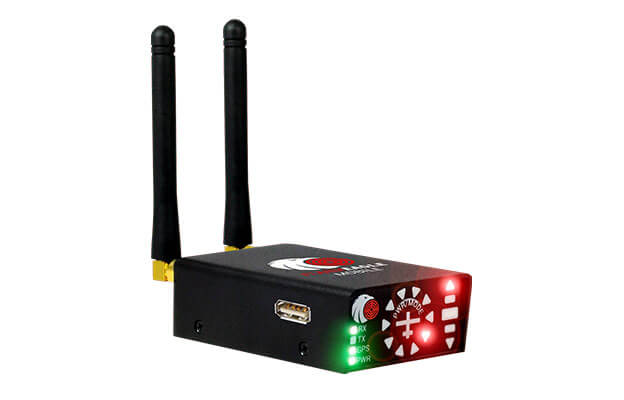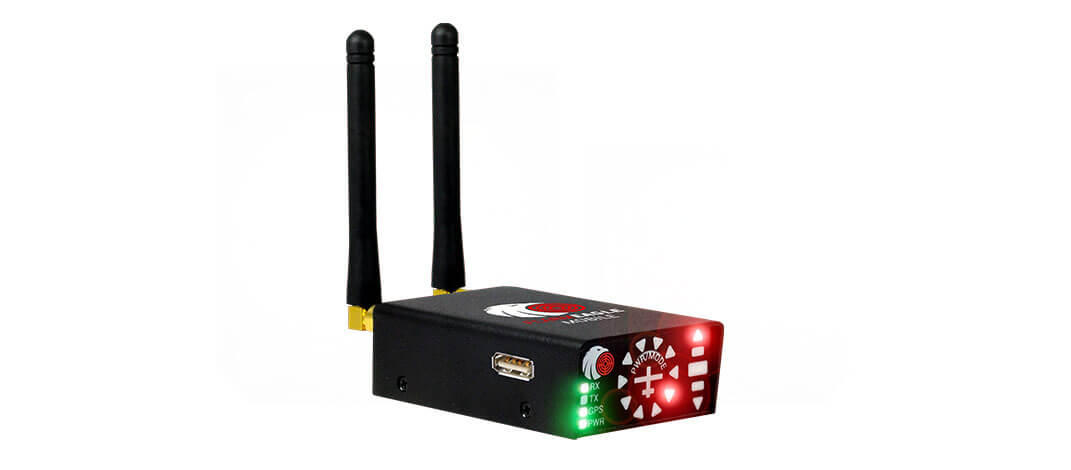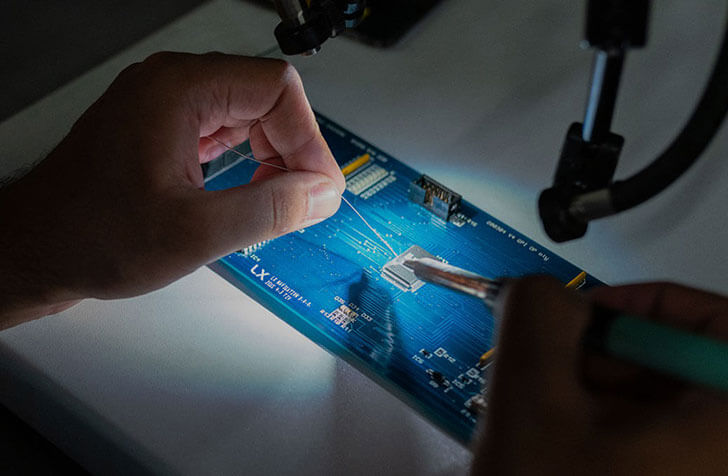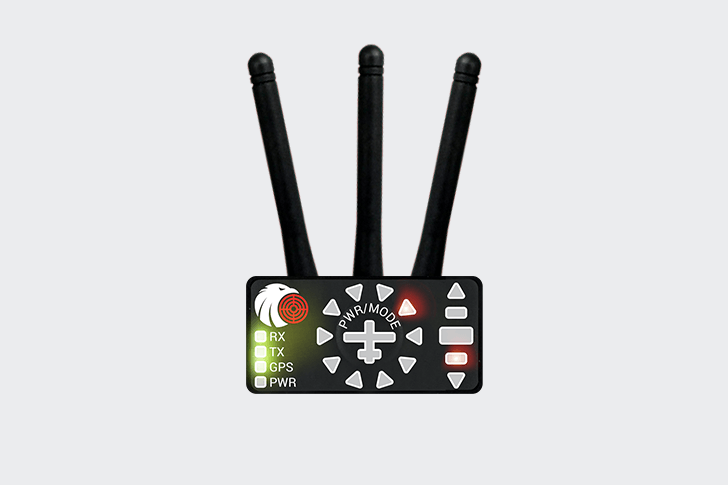
flarm-eagle-mobile
PowerFLARM Eagle Mobile
Software & Updates
Manuals
Faq & Help
Technical spec
Updates
Manuals
Which module does PowerFLARM Eagle use?
The latest PowerFLARM OEM module, packed into the smallest FLARM device on the market.
What type of battery does it use and how long it lasts?
It uses a battery with up to 12 hours of juice.
How to connect it to another device?
Use Bluetooth or Power and data cable to connect it to other devices.
What are the options for PowerFLARM Eagle mobile?
IGC flight recorder, ENL, ADS-B in with non-directional traffic, Garmin TIS support, Diversity module with additional FLARM antenna and Bluetooth.
How can I update my PowerFLARM Eagle mobile?
Download the latest version from the LX navigation website and transfer it to the root of the USB key. Connect it to the device and power it up. Wait 10 minutes and restart the device.
Should I configure my device prior to first use?
Yes, it is important you configure your device and check if you have the latest Software before using it for the first time.
PowerFLARM Eagle Mobile
Portable collision avoidance system
Ideal portable solution.

PowerFLARM Eagle Mobile is the latest portable PowerFLARM OEM product with full functionality and connectivity, at an affordable price.
Pilot can choose to upgrade the basic FLARM functions with IGC flight recorder, IGC + ENL flight recorder, Diversity module, Garmin TIS support, Bluetooth, Transponder Mode “S” and ADS-B in.
See technical specifications


It is a must have
Over 50,000 manned aircraft and many UAVs are already equipped with FLARM and the number is rapidly increasing.
Our Portable Flarm
With a built-in battery, LED display and GPS and Flarm antenna, this is a truly mobile Flarm.
ADS-B in
Optional pilot can select ADS-B in receiver with real non-directional traffic information.
Connectivity
Bluetooth as standard, for expandability with other Bluetooth devices.

Safety
Collision avoidance for any aircraft
Every year, around 40 aircraft are involved in a mid-air collision. Unfortunately, half of these are fatal. Surprisingly, most of these accidents happen in good visibility and daylight.
Accident investigations have shown that the VFR-principle of “see and avoid” is not sufficient, as it is often nearly impossible to see the other aircraft. The human visual system is simply not capable of detecting objects on a collision course, since they are on a fixed vector from the aircraft. Other biological, physiological, and psychological effects (“human factors”) further decrease the chance of seeing the other aircraft in time. In addition, pilots don’t spend all the time watching for other aircraft.
Size
68 x 50 x 23 mm
Weight
76 g
Power supply
5 V DC via micro USB
Consumption
160 mA @ 5 V

Technology
How FLARM works
FLARM works by calculating and broadcasting its own future flight path to nearby aircraft. At the same time, it receives the future flight path from surrounding aircraft. An intelligent motion prediction algorithm calculates a collision risk for each aircraft based on an integrated risk model. When a collision is imminent, the pilots are alerted with the relative position of the intruder, enabling them to avoid a collision.
Each FLARM system determines its position and altitude with a sensitive GPS receiver. Based on speed, acceleration, track, turn radius, wind, altitude, vertical speed, aircraft type, and other parameters, a precise projected flight path can be calculated. The flight path, together with additional information such as a unique identification number, is encoded before being broadcast over an encrypted radio channel twice per second.

EASA approved
Approvals and installations
Over 50,000 manned aircraft and many UAVs are already equipped with FLARM and the number is rapidly increasing. In Europe, essentially 100 % of gliders have FLARM and would never fly without it.
FLARM is approved by EASA for fixed installation in certified aircraft. EASA supports FLARM as it significantly decreases the risk of a mid-air collision between participating aircraft. FLARM has been referenced in several EASA publications, including being approved as a Standard Change.
Battery included
For more than 5 hours of use
Micro USB port
A standard micro USB port
Range
More than 10 km
Antennas
Included in the box
Connect over Bluetooth with any compatible device
And display your Flarm data for expanded safety.
Discover why true ADS-B matters
The only OEM manufacturer to use Flarm's proprietary ADS-B modules, which allows full ADS-B object warning and Flarm functions.
Get it with IGC and ENL certification
The Flarm is expandable with IGC, ENL, Connectivity, Diversity module, ADS-B in and more.

Flarm displays
Connect with any Flarm-compatible display
Connect with any Flarm-compatible display
And expand your Flarm's functionality greatly. Be able to see your objects, follow them and know what they are doing with the LX Zeus series of devices.

Technology
How FLARM works
FLARM works by calculating and broadcasting its own future flight path to nearby aircraft. At the same time, it receives the future flight path from surrounding aircraft. An intelligent motion prediction algorithm calculates a collision risk for each aircraft based on an integrated risk model. When a collision is imminent, the pilots are alerted with the relative position of the intruder, enabling them to avoid a collision.
Each FLARM system determines its position and altitude with a sensitive GPS receiver. Based on speed, acceleration, track, turn radius, wind, altitude, vertical speed, aircraft type, and other parameters, a precise projected flight path can be calculated. The flight path, together with additional information such as a unique identification number, is encoded before being broadcast over an encrypted radio channel twice per second.









